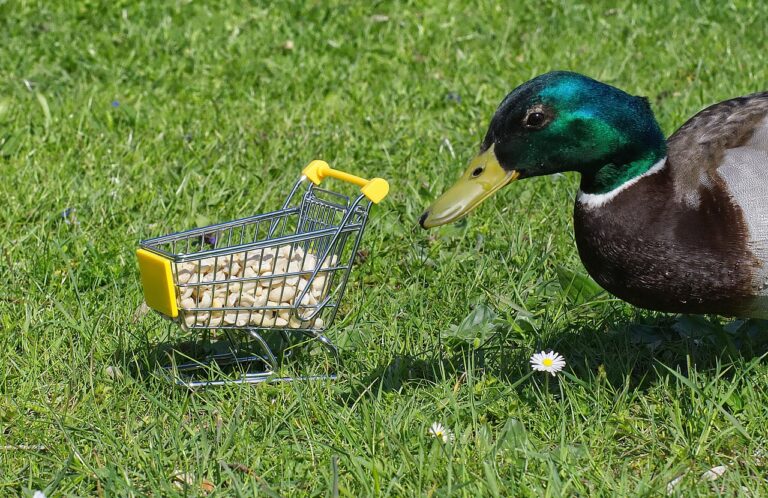The Psychology of Impulse Purchases: Understanding Triggers and Strategies for Control
Impulse purchases are a common phenomenon in consumer behavior, and understanding the psychology behind these spontaneous buying decisions can help individuals make more informed choices. In this article, we will explore the triggers that lead to impulse purchases, as well as strategies that can be implemented to exercise control over these impulsive tendencies.
What are Impulse Purchases?
Impulse purchases are unplanned buying decisions that are made on a whim, often without much deliberation or consideration of the consequences. These purchases are usually driven by emotions, such as excitement, desire, or urgency, rather than rational thinking. Impulse purchases are a major driver of consumer spending, accounting for a significant portion of retail sales each year.
The Triggers Behind Impulse Purchases
There are several psychological triggers that can lead to impulse purchases. One of the most common triggers is the feeling of instant gratification. When individuals see something that they want, the satisfaction of owning it immediately can override any rational thoughts about the necessity or cost of the item. This desire for instant gratification can be further fueled by factors such as limited availability or time-sensitive discounts.
Another trigger for impulse purchases is the fear of missing out (FOMO). When individuals perceive that others are benefiting from a particular product or experience, they may feel pressured to join in to avoid being left out. This fear of missing out can lead to impulsive buying decisions, as individuals strive to keep up with the trends and stay connected with their peers.
Additionally, impulse purchases can be triggered by emotional states such as stress, boredom, or loneliness. Shopping has been shown to have a therapeutic effect on individuals, as it can provide a temporary escape from negative emotions. When individuals are feeling overwhelmed or unfulfilled, they may turn to retail therapy as a quick fix to improve their mood.
Strategies for Controlling Impulse Purchases
While impulse purchases can be difficult to resist, there are several strategies that individuals can use to exercise control over their buying behavior. One effective strategy is to create a shopping list and stick to it. By planning ahead and outlining the items that are truly necessary, individuals can avoid succumbing to the temptation of impulse buys.
Another helpful strategy is to set a budget and limit the amount of money that can be spent on non-essential items. By establishing clear financial boundaries, individuals can prevent themselves from overspending on impulse purchases and stay within their means. Tracking expenses and monitoring spending habits can also help individuals become more aware of their purchasing patterns and identify areas where they may be prone to impulsive behavior.
Furthermore, individuals can practice delayed gratification by waiting a certain period of time before making a purchase. By giving themselves time to reflect on the necessity and value of the item, individuals can make more thoughtful buying decisions and avoid impulsive choices. Additionally, avoiding shopping when you are feeling emotional or vulnerable can help prevent impulse purchases driven by temporary feelings.
Conclusion
Impulse purchases are a natural part of consumer behavior, but understanding the triggers that lead to these spontaneous buying decisions can help individuals make more informed choices. By recognizing the psychological factors that influence impulse purchases and implementing strategies for control, individuals can exercise greater restraint over their buying behavior and make purchases that align with their values and goals.
FAQs
1. What are some common triggers for impulse purchases?
Some common triggers for impulse purchases include the desire for instant gratification, fear of missing out, and emotional states such as stress or boredom.
2. How can individuals control their impulse purchases?
Individuals can control their impulse purchases by creating a shopping list, setting a budget, practicing delayed gratification, and avoiding shopping when feeling emotional or vulnerable.
3. Why are impulse purchases a significant driver of consumer spending?
Impulse purchases are a significant driver of consumer spending because they are often made on a whim without much deliberation, leading individuals to buy items they may not truly need or can afford.







